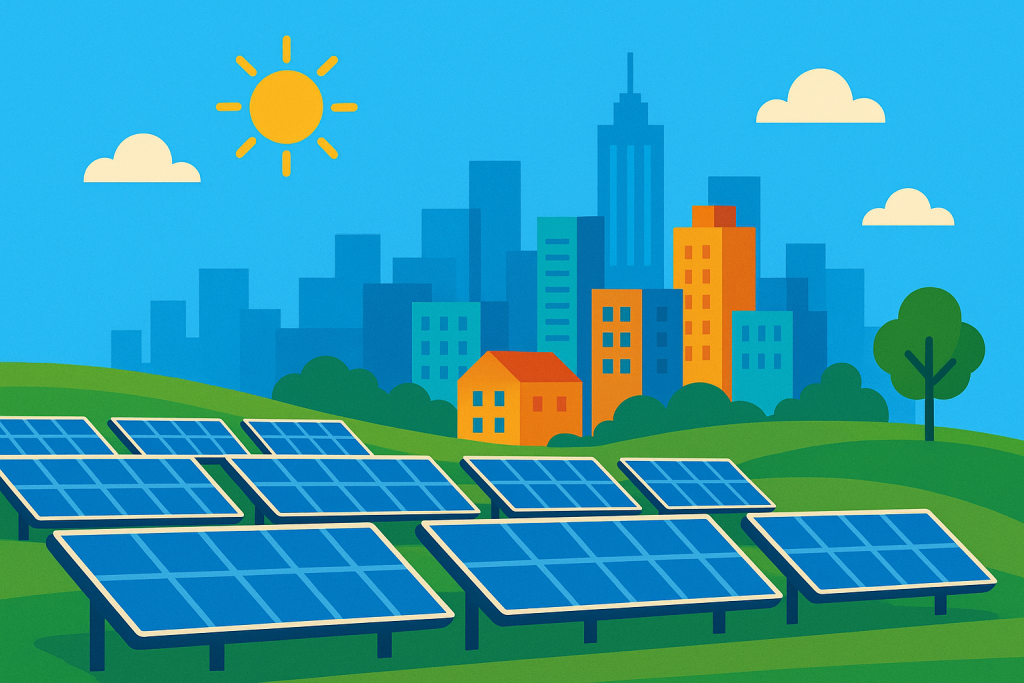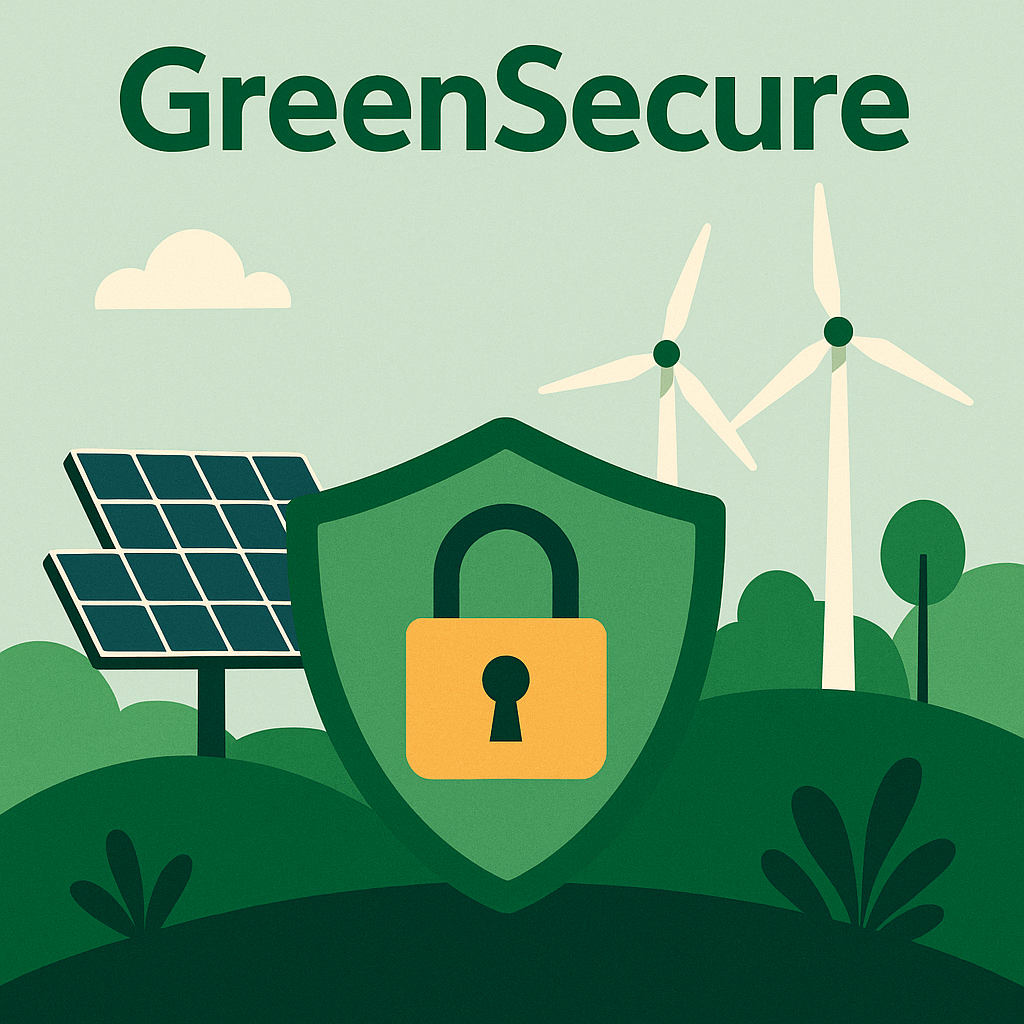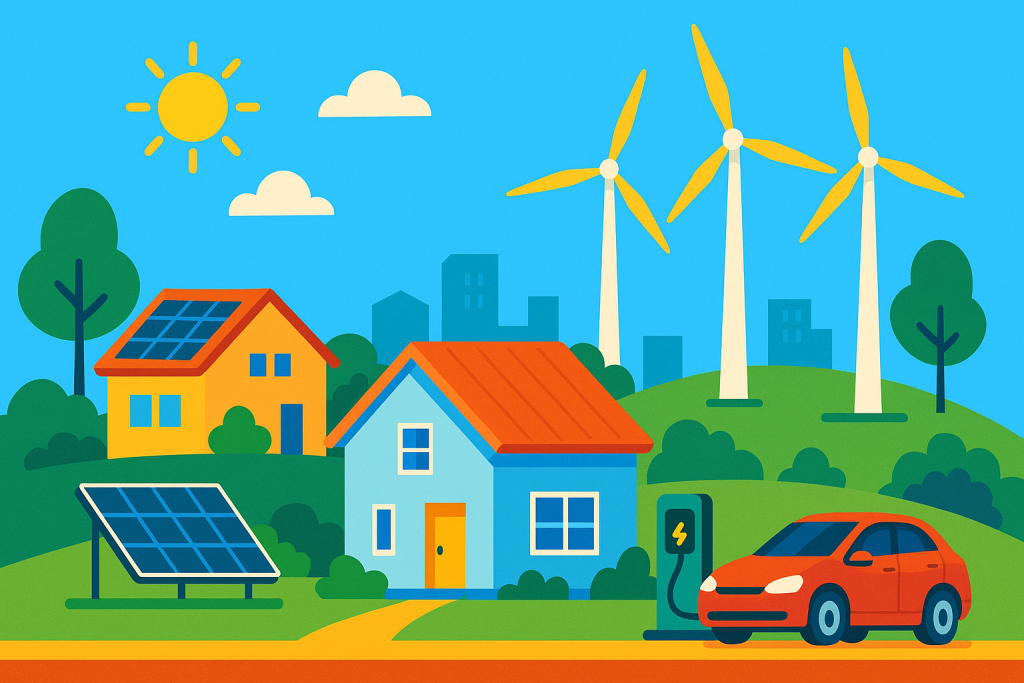In recent years, the adoption of environmentally friendly technologies to generate electricity has surged dramatically. More households, communities, and city governments are embracing renewable energy solutions—such as solar panels and wind turbines—to reduce reliance on fossil fuels and align with clean energy policies. These green infrastructures have become central to powering homes, cities, and electric vehicles, supporting a nationwide shift toward sustainability.

However, this growing dependence on green infrastructure also brings new vulnerabilities. Imagine a scenario where a remote “killer switch” could disable your home’s solar panels or an entire city’s solar farm—instantly, silently, and without your knowledge or consent. While the exact origins of these backdoor shutdown mechanisms remain unclear, several research findings suggest that some may be embedded by the manufacturers of the devices and solar panels themselves, potentially posing a serious security risk.

To address this emerging threat, a new AI-powered system called GreenSecure has been developed. GreenSecure is designed to protect green energy infrastructures—such as solar panels and wind turbines—from unauthorized remote shutdowns or malicious control attempts. Leveraging artificial intelligence, the system continuously monitors for anomalies and intrusions, identifying potential compromises by hackers, foreign actors, or even the original equipment manufacturers.
As green infrastructure continues to expand across the U.S., with rooftops increasingly outfitted with solar panels and cities investing heavily in renewable power, the need for advanced protection has never been greater. GreenSecure meets this need by proactively defending the integrity of clean energy systems.

The widespread adoption of renewable energy has opened the door for abuse, particularly by some foreign manufacturers who may embed disabling mechanisms to disrupt power availability. Such disruptions—if activated remotely—could paralyze entire communities. GreenSecure aims to stop this threat before it becomes a reality, ensuring that the promise of green energy is not undermined by hidden vulnerabilities.
